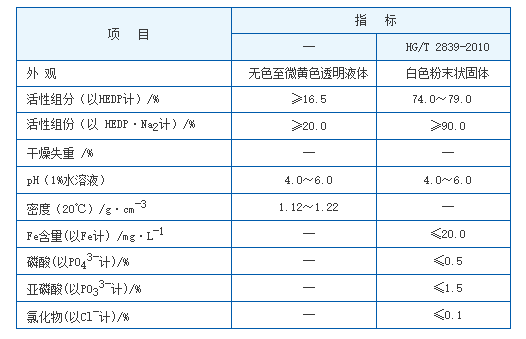polyacrylamide production
Polyacrylamide Production An Overview
Polyacrylamide (PAM) is a versatile polymer widely used across various industries due to its unique properties, such as high solubility in water, non-toxic, and excellent flocculation and viscosity enhancement capabilities. Its production involves the polymerization of acrylamide monomers, which can be achieved through several methods, including free radical polymerization and controlled polymerization techniques.
The primary raw material for polyacrylamide production is acrylamide, a compound that is both a building block and a potential hazard due to its toxicity. Therefore, safety measures must be implemented during its production. The process begins with the preparation of an aqueous solution of acrylamide. To initiate polymerization, free radical initiators, such as ammonium persulfate or potassium persulfate, are typically employed. The choice of initiator and the reaction conditions play a crucial role in determining the molecular weight and properties of the resulting polyacrylamide.
Once the polymerization process is initiated, the reaction parameters, such as temperature, pH, and time, are closely monitored to control the degree of polymerization. As the reaction progresses, acrylamide monomers begin to link together, forming long chains that constitute polyacrylamide. Depending on the desired characteristics, it may be necessary to incorporate cross-linking agents, which create a three-dimensional network, resulting in a gel-like substance useful for specific applications.
polyacrylamide production

After polymerization, the polyacrylamide product must undergo purification and drying processes to remove unreacted monomers and other impurities. The final product can take various forms, including powders, granules, or solutions, each suited for different applications.
Polyacrylamide is used extensively in water treatment, where it serves as a flocculant to remove impurities in wastewater. It is also utilized in agriculture to improve soil moisture retention and prevent erosion. In the oil and gas industry, PAM is used in enhanced oil recovery processes.
In summary, polyacrylamide production involves the careful polymerization of acrylamide under controlled conditions, resulting in a product that plays a crucial role in numerous industrial applications. Its versatility and effectiveness make it an essential compound in today’s technological landscape.
-
Water Treatment with Flocculant Water TreatmentNewsJun.12,2025
-
Polymaleic AnhydrideNewsJun.12,2025
-
Polyaspartic AcidNewsJun.12,2025
-
Enhance Industrial Processes with IsothiazolinonesNewsJun.12,2025
-
Enhance Industrial Processes with PBTCA SolutionsNewsJun.12,2025
-
Dodecyldimethylbenzylammonium Chloride SolutionsNewsJun.12,2025





